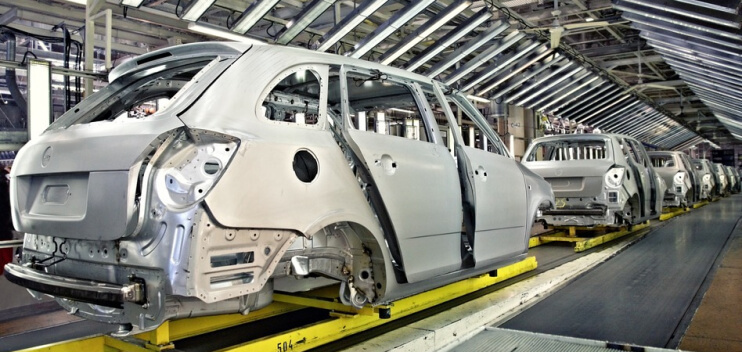Productivity as a part of your business.
Achieving substantial improvements to the supply chains and logistics of your business is not a five minute exercise. Productivity improvement always involves managers actually managing; that is, allocating resources to achieve the desired outcomes. And that can mean people changing their role in the business or being retrenched – always a difficult exercise.
Productivity is units of output per unit of input – it is about quantities, not prices or costs. Commencing in the 1950’s, the disciplines of work study in Europe and industrial engineering in America were used as the drivers by companies to improve productivity; although the effort was more often confined to operations.
Some companies developed regimes around continuous productivity improvement. As a new recruit to the industrial engineering department at a Proctor & Gamble factory, I was introduced to the Elimination Approach. We were indoctrinated with the slogan ‘If it were not for what FACT could this be eliminated?’ (and I still remember it!). Toyota implemented the Toyota Production System (TPS) more than 50 years ago. The objective of TPS is to eliminate waste in the business, although the title indicates that it was directed more at the factories. The better known concepts of Just in Time (JIT) and Lean are based on TPS principles.
But the focus of productivity improvement has changed. While all processes can be improved, there is not so much benefit to be gained from just focussing on factories. Even in the early 1990’s, General Motors calculated that a 25 percent productivity improvement by direct labour would reduce the sale price of a mid-range vehicle by 1.5 percent. Where are the improvements today – in supply chains and logistics, but influenced by the needs of marketing and sales.
Even though Toyota was famous for the TPS, by 2011 they had about 100 vehicle platforms and 800 engine designs! Obviously, this increased complexity throughout the business, increased costs and delayed improvements and innovation – not much elimination of waste in product development! This shows that even after 50 years, the elimination of waste across a total organisation is more difficult than in a relatively confined area of production or assembly operations.
Make a big change in your business
When there is a major problem or challenge in the business, continuous improvement methods are not sufficient – a large step change is required. In 2012 the Toyota New Global Architecture program commenced. In the automotive industry architecture means the combination of a vehicle platform (which is a common set of ‘under the skin’ sub-assemblies, to which the attached bodies and interiors differentiate models) and the manufacturing processes and technologies required to produce the platform.
It is worth noting that the first car produced under the new architecture will appear late this year and by 2020 it is intended that about 50 percent of vehicles will be produced under the program. This illustrates that implementing a company wide, step change, productivity improvement program takes time and the investment of resources.
Although the company expects substantial saving from a redesign of assembly operations under the new architecture, major savings and reduction in risks will also come from the supply chains. As the company reduces the number of vehicle platforms and engine designs to a number that is more manageable, it is able to make improvements in its supply chains through:
- Fewer items purchased, allowing more focus on the remaining parts and components
- Improved management of inbound inventory due to fewer items
- Just in Time thinking to be strengthened with suppliers. This is to reduce the supply chain risk of having too much of an item and not enough of another
- As more parts are purchased for use in multiple factories, the company can move toward different suppliers providing the same item into regional markets. This reduces procurement risk – a shortfall in one region can be made up with supplies from other regions
- Suppliers will manufacture to global standards rather than to Toyota specific specifications. This provides lower buying costs
- Global standardisation should result in more effective logistics. In conjunction with LSPs, standard moving processes, storage and handling can be implemented for the fewer items
Of course, while the new architecture enables procurement and logistics risks to be reduced, standardisation of parts and components increases the risks associated with a model recall. This is because a much larger number of vehicles could be affected. Reducing this risk puts additional pressures on design and assembly engineering to ‘get it right first time’.
The journey that Toyota has commenced is focussed on improving both effectiveness and efficiency – the two are different! As you consider improvements through your supply chains, the main focus should be on the effectiveness of availability, not labour efficiency. Likely measures of success for effectiveness will be in full and on-time delivery (with accurate information), order turnaround time and inventory buffers (based on location, form and function) and accuracy.

